The refits of tomorrow
As advanced technologies continue to disrupt the industry, today’s shipyards are leveraging these tools to unlock more customisation …
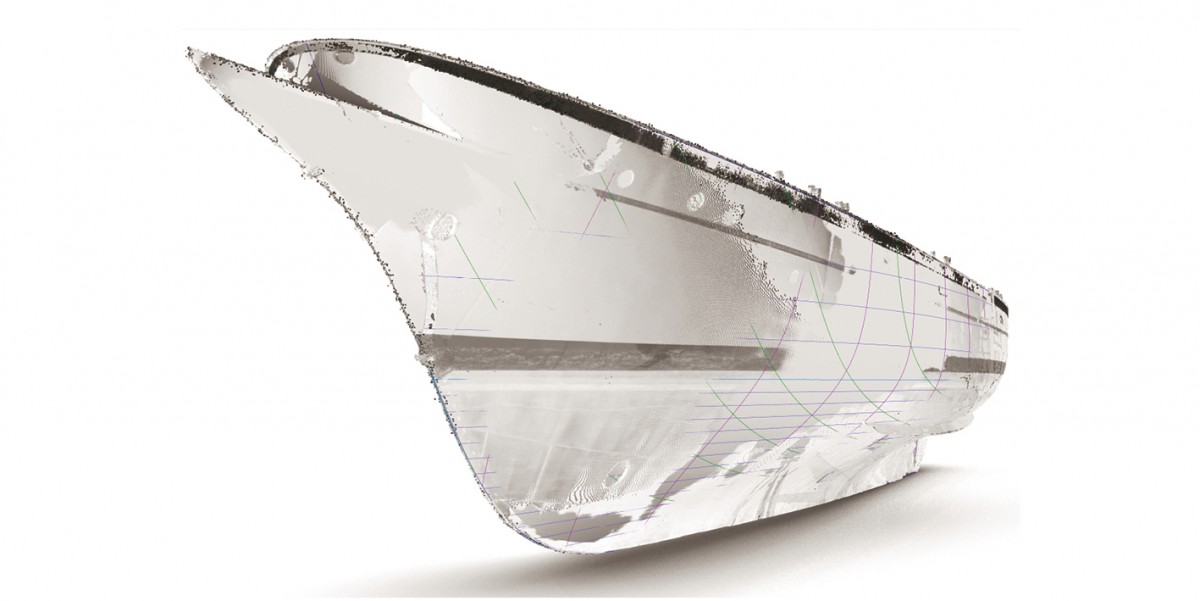
A yacht refit spans a broad spectrum of scope and scale, from projects encompassing modest interior makeovers to the ambitious task of extending a vessel’s hull, continuing to defy a one-size-fits-all approach.
In this domain, defined by bespoke and customised requests where no two projects are the same, the refit sector sometimes grapples with existing parameters and logistical restrictions. These, coupled with growing ambition from owners, continue to demand creative thinking and innovative solutions.
Enter Industry 4.0. Across all industries, we see a progressive shift in reshaping conventional practices, transforming how things are done. The adoption and combination of advanced technologies, such as 3D technologies, virtual reality (VR), augmented reality (AR) and artificial intelligence (AI) are now coming to the fore within yachting. They are playing a pivotal role and offer opportunities to redefine the refit process.
Technically enhanced ambitions
Refit projects provide an opportunity to modernise a vessel, leveraging technologies that were unavailable during the build. Among these, various 3D technologies are opening doors for further customisation and endless possibilities for redesigning yachts.
For some time now, 3D printing technology has allowed small objects to be digitally modelled, uploaded and printed. Today, this technology has advanced further, enabling larger printers to fabricate substantial complex components and, in some cases, even small hulls.
“AR technology has given us the ability to share our concepts and designs with clients far more clearly than just a 2D image.”
This development in 3D printing enables shipyards to realise increasingly ambitious designs with the ability to integrate more complexity. Vincent Wegener, managing director of RAMLAB, says, “For complex geometries [such as double-curved surfaces], 3D printing is often the better choice to manufacture the part.”
Phillipe Groulx, technical office manager at the MB92 shipyard in La Ciotat, adds, “3D printing quickly and easily creates a workable piece, and we can show the client a prototype rather than relying solely on drawings.”
 Phillipe Groulx, technical office manager, MB92 shipyard
Phillipe Groulx, technical office manager, MB92 shipyard
Further technology includes 3D scanning and creating digital versions of an existing object, resulting in a digital twin. Regarding the use of this technology within refits, Charlie Ross, operations director at Pendennis Shipyard, explains, “We are using advanced technology, like 3D scanning, to integrate things that weren’t initially thought about upon build, such as repurposing tanks into battery rooms. There are always challenges in engine rooms that are already spatially constrained. This is where 3D scanning and modelling comes into its own.”
These 3D technologies are empowering shipyards to realise more opportunities. Michel Coens, head of refit and services at Damen Yachting, says, “The use of 3D scanning has opened a world of opportunities for measuring hull and deck structure related to extensions, teak-deck installations and [offering] more naval and details engineering advantages.”
Visualising the redesign
The integration of this 3D technology and creation of digital twins has ushered in a new era of visualisation, providing powerful tools through virtual and augmented reality for designers, shipyards and clients to immerse themselves in the digital representations, making it easier to understand and evaluate the proposed concepts of a project.
Shipyard teams can now explore a vessel’s new layout, envision the placement of new equipment and under-stand how each change will impact the yacht. This can also eliminate the uncertainty that has usually affected a refit project; shipyards can identify potential issues and evaluate design decisions, optimising the project execution before having to use extensive time and resources.
“Virtual reality enables the client to have a clear view of how the yacht will look in a virtual environment before the work has actually started.”
Rob Armstrong, creative director and co-founder at ThirtyC, says, “AR technology has given us the ability to share our concepts and designs with clients far more clearly than just a 2D image. This gives them more confidence and a better understanding of both the detailed elements and overall feel of a project and the associated spaces and volume.”
Coens adds, “We use virtual reality during the design process of large extensions, deck layout changes or interior modifications. This enables the client to have a clear view of how the yacht will look in a virtual environment before the work has actually started.”
Groulx says, “We have high-quality goggles that we have employed on refits, especially interior projects. From a client’s perspective, this technology is very interesting, offering enhanced visualisation.”
The virtual world not only enhances visualisation, but also increases choice and opportunities for clients. Janne Salminen, vice president of Europlan, explains, “We are just unveiling and studying the possibilities and capabilities of the VR world, the customisation opportunities are endless. With metadata, we can incorporate almost any data into the materials VR world.”
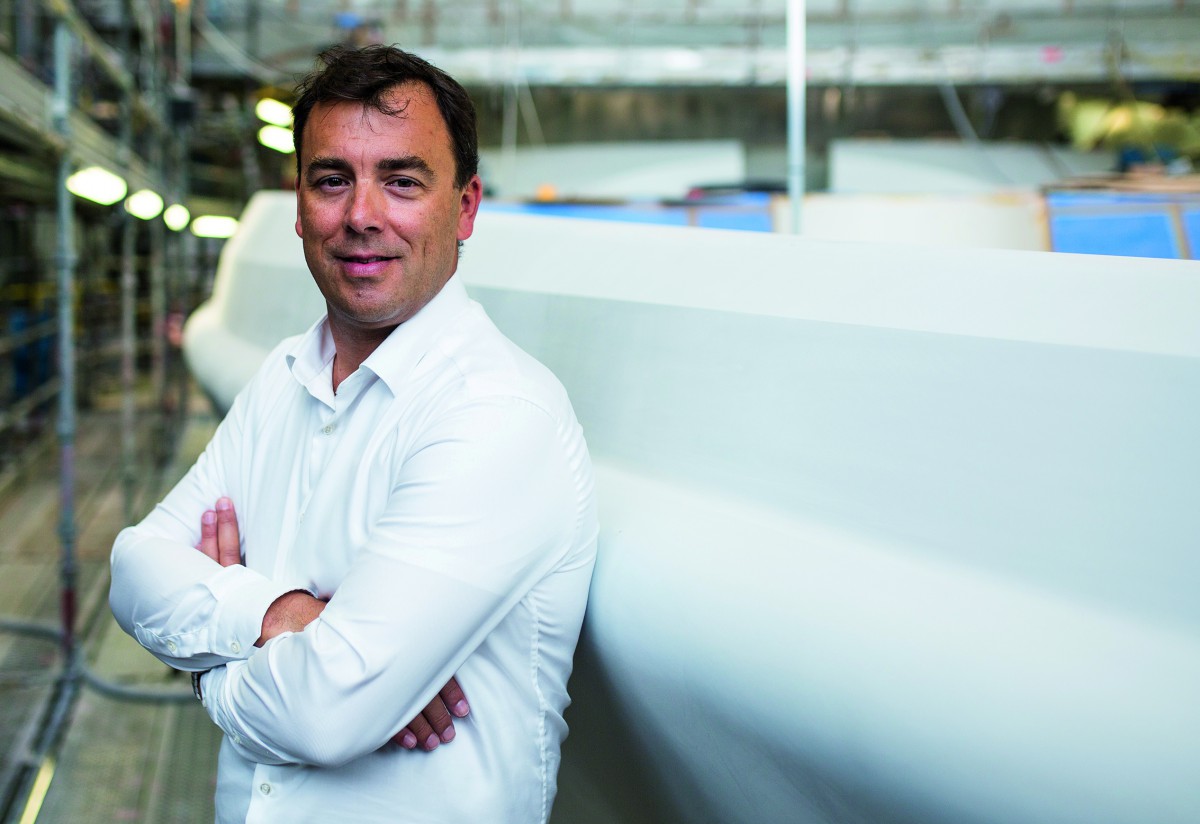 Michel Coens, head of refit and services, Damen Yachting
Michel Coens, head of refit and services, Damen Yachting
AI technologies can also bolster these customisation opportunities. Various designers are using AI to analyse data and identify trends, utilising the technology for decision-making purposes. Armstrong says, “We use AI from the initial stages to the detailed design to ensure all ideas are explored. Mid-journey, AI allows us to combine and blend images. Using images of the yacht, we are refitting and combining it with a style the owner has expressed an interest in.
“We had an owner [of a yacht] with a heavy dark wood interior who wished for a lighter beach-house style within a refit. The AI was able to blend the images to give our owner an instant hit of a direction that we could then develop.”
These technologies are helping to bridge the gap between imagination and reality, making concepts tangible and more immersive. “I see AI evolving further to aid the initiative visualisation stage of the refit process,” says Armstrong.
Optimisation for precision and efficiency
Achieving precision in the refit process is paramount for enhanced efficiency and streamlined timelines. Implementing digital twins can minimise unexpected surprises and mid-project changes.
Traditional build drawings often leave room for error, making more precise methods a turning point in the refit process. Groulx explains, “When undertaking extension projects, we use 3D scanning for precise measurements instead of relying on existing drawings. This technology significantly reduces the chance of errors.”
The technology also allows for the creation of new drawings. Gianni Paladino, commercial director at Lusben, says, “When using 3D scanning technology, it is possible to reconstruct drawings, especially on old boats where drawings aren’t always readily available.”
Time is always of the essence in a refit period, with shortened and pressurised timelines presenting a challenge within most projects. Not only are certain technologies enhancing accuracy, they can also reduce the time spent in the shipyard.
“AI software is a useful tool, greatly speeding up some initial work, allowing us to quickly develop alternative styles and directions for clients who may have otherwise taken weeks to conceptualise.”
“Both 3D scanning and modelling are massively advantageous in the refit process. They are invaluable tools for when we take on more challenging refits, usually challenging because of time frame or challenging the status quo in terms of what can be achievable,” says Ross.
Being able to work off-site helps to further streamline a project. “Thanks to 3D scanning, we have seen reduced time required on board for refit projects,” says Paladino. “It allows us to scan the boat’s interior and then carry out the processes in the workshop, hence an overall reduction in time. We used scanning during a recent refit of the 42-metre Lady Jade. We scanned the salons and cabins and then worked off-site to reduce time on board.”
Groulx agrees. “Scanners are invaluable tools that can significantly reduce a vessel’s time in the shipyard,” he says. “The significant advantage is that with 3D technology, we can start the building processes before the vessel even gets into the shipyard.”
 Rob Armstrong, creative director and co-founder, ThirtyC
Rob Armstrong, creative director and co-founder, ThirtyC
Salminen adds, “Working with 3D engineering in the virtual world ensures that all measurements and forms are exactly the same. We can then communicate more easily with the client and project managers to overcome different challenges and details, especially for coordinating pipes and other technical subjects. With VR, this process is so much faster.”
This time-saving advantage also applies to the design process. “Our available time to explore options and ideas is limited, so having an extra force on our side to aid this process is a great tool,” says Armstrong. “AI software is a useful tool, greatly speeding up some initial work, allowing us to quickly develop alternative styles and directions for clients who may have otherwise taken weeks to conceptualise.”
Streamlining any process can result in cost-cutting, and budgetary requirements are another factor within the refit sector. Emlyn Jones, managing director at Lizard Yacht Service, says, “With 3D data capture and processing, we can visit once, measure once and produce the required items, bringing the labour cost and possibly material cost down as we can become more precise on what we cut, shape and use. It vastly improves the quality, time and cost of refits going forward.”
A better future
In recent years, we’ve seen the changing demands of refits, driven by both increasing regulatory mandates and a growing societal demand to reduce the industry’s environmental impact, and the sector has seen an uptake in more sustainable refit projects. Technologies are also playing a part in these.
It has become more critical for shipyards to offer the capability to upgrade and enhance a yacht’s sustainability credentials. Whether upgrading HVAC systems, replacing traditional lighting with energy-efficient lighting or refitting propulsion methods, there are plenty of ways in which this is being carried out to cater to the demands for more energy-efficient vessels.
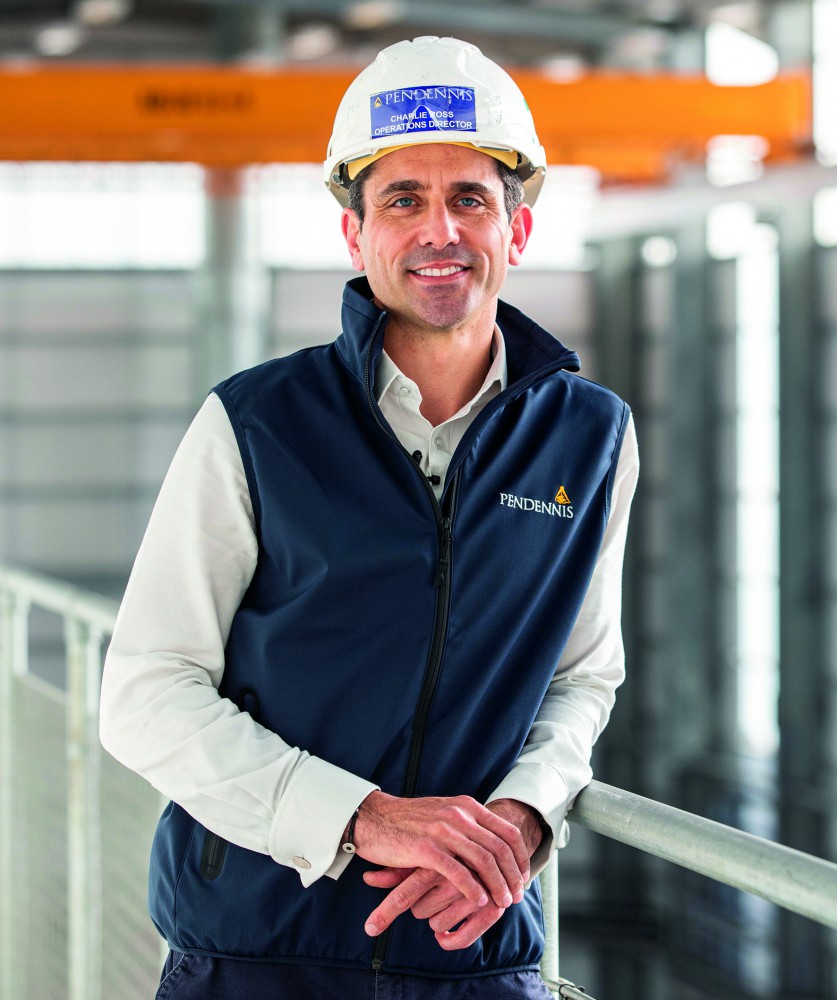 Charlie Ross, operations director, Pendennis Shipyard
Charlie Ross, operations director, Pendennis Shipyard
Photo: Stuart Pearce/YachtShot
Ross says, “We talk a lot about process innovation but we are seeing quite a lot of product innovation now, and more refit clients are looking to retrofit hybrid solutions.”
Groulx also underlines the sector’s response to sustainability. “Many of our projects aim to enhance yacht efficiency. There’s definitely demand for more sustainable options when refitting. We anticipate significant changes regarding future upgrades in power generation and management.”
“While some tasks are now unthinkable without the help of a machine ... striking a balance between traditional craftsmanship and technology is crucial.”
Striking a balance
While advanced technologies can undoubtedly benefit the refit sector, integration and uptake can be challenging. The yachting industry tends to adopt change later than other manufacturing industries such as automotive and aviation, where technology readily influences design and construction.
This may point to the industry’s bespoke nature, especially in the refit sector where uptake in automation technologies has been slower due to the lack of standardisation within projects and the specific craftsmanship sometimes required. This craftsmanship within the art of the boatbuilding process and the heritage of the industry can make it difficult to adopt new technologies.
“To stay at the forefront, we must continue to embrace cutting-edge technology,” says Groulx. “While some tasks are now unthinkable without the help of a machine, our industry offers a unique opportunity for artisans to push boundaries, and the human factor remains essential in yachting, so striking a balance between traditional craftsmanship and technology is crucial.”
This is also true of the redesign process. “While AI helps with quick idea generation, allowing the client to visualise their thoughts quickly, it is still the critical role of the designer to translate and work this into a real design that is correctly proportioned and workable,” adds Armstrong.
However, this human factor within refitting will begin to adapt with the newer generation of artisans. “Strategically, we have to be mindful when attracting new skills and opportunities into the industry from the younger generation as they will be progressing into roles surrounding these new technologies, such as 3D printing and scanning,” says Ross.
Smarter shipyards
This technically advanced future is vital for shipyards; more are investing in anticipating these changing landscapes. “We are investing in a digital manufacturing centre which will group existing capabilities together with new acquisitions and capabilities,” says Ross.
As the industry shifts toward Industry 4.0, the increasing efficiency of digital tools such as 3D technology, VR, AR and AI is beginning to redefine the nature of refits. Unlike in the past, where certain technologies were inaccessible during the initial construction, today’s shipyards leverage these tools to unlock more customisation and realise enhanced redesign aspirations.
No longer just buzzwords, these technologies are pivotal in facilitating seamless collaboration among designers, shipyards and clients in the digital world. Looking ahead, a commitment to maintaining a delicate, yet strategic, balance between preserving the industry’s rich craftsmanship and integrating innovative technologies will continue to guide the sector forward.
This more technically ambitious approach marks the future for refits, promising more potential and opportunities to foster increased ambitions.
Profile links
Click here to become part of The Superyacht Group community, and join us in our mission to make this industry accessible to all, and prosperous for the long-term. We are offering access to the superyacht industry’s most comprehensive and longstanding archive of business-critical information, as well as a comprehensive, real-time superyacht fleet database, for just £10 per month, because we are One Industry with One Mission. Sign up here.
Related news
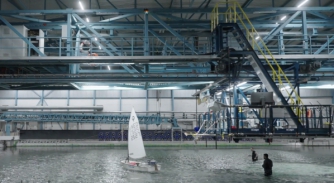
Can AI teach a computer to sail?
The Maritime Research Institute Netherlands (MARIN) releases the initial results from its innovative machine learning programme
Technology
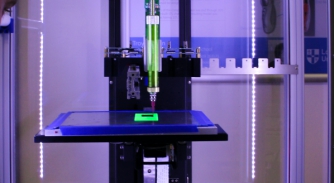
Can the industry print a better future?
3D printing could be the antidote that shipyards are looking for to enhance sustainability credentials
Technology
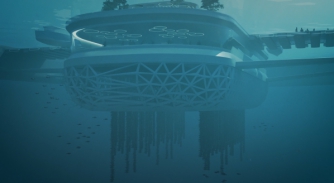
Could tech revolutionise yachting?
Volvo Penta explains the thinking behind the reimagining of the yachting experience presented at CES
Technology
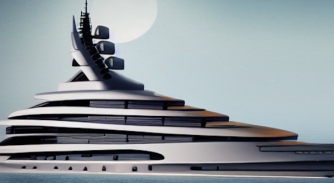
Artificial intelligence in superyacht design
Basic AI systems can help us to re-imagine yacht design through the lens of history’s greatest visionaries, but that’s only the beginning
Fleet
Related news
Can AI teach a computer to sail?
5 months ago
Can the industry print a better future?
7 months ago
Could tech revolutionise yachting?
1 year ago
Artificial intelligence in superyacht design
2 years ago



